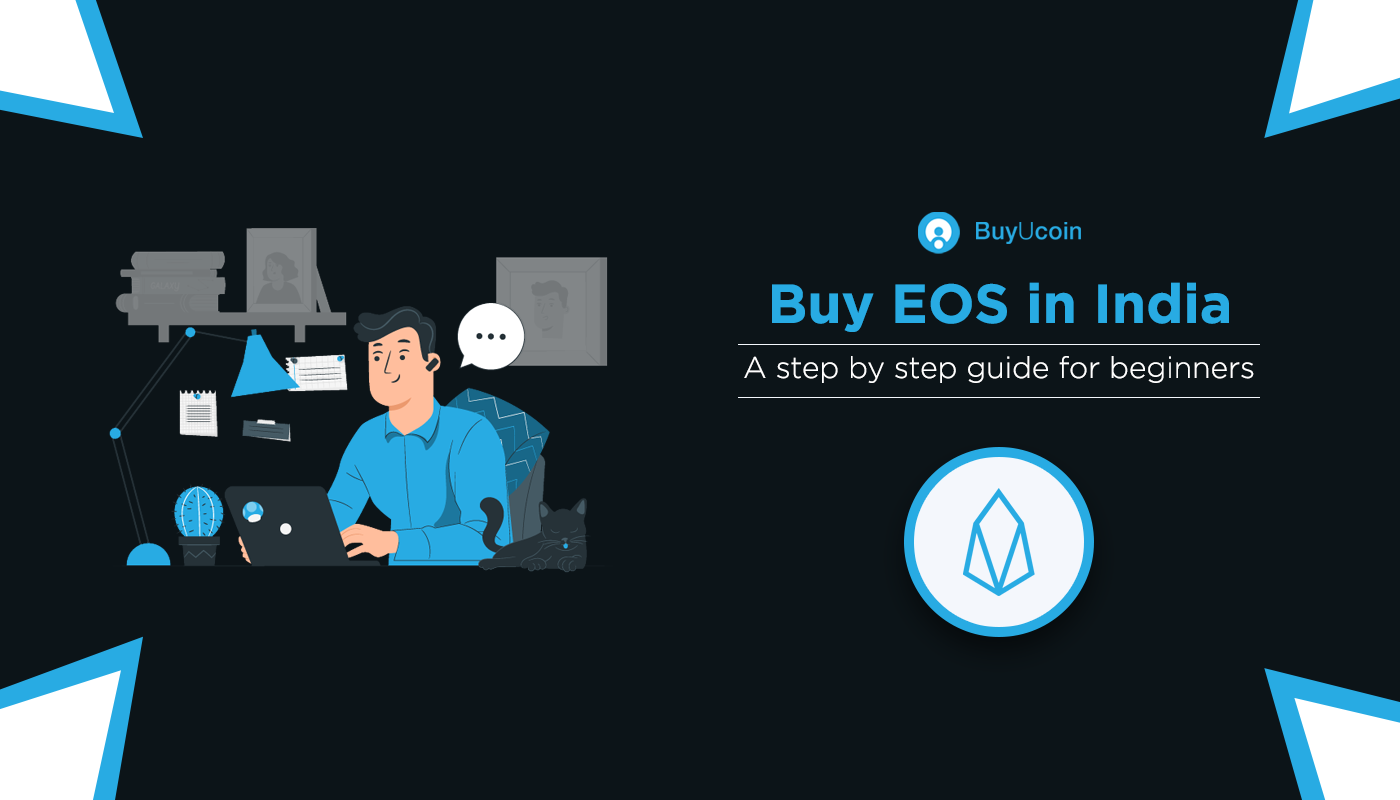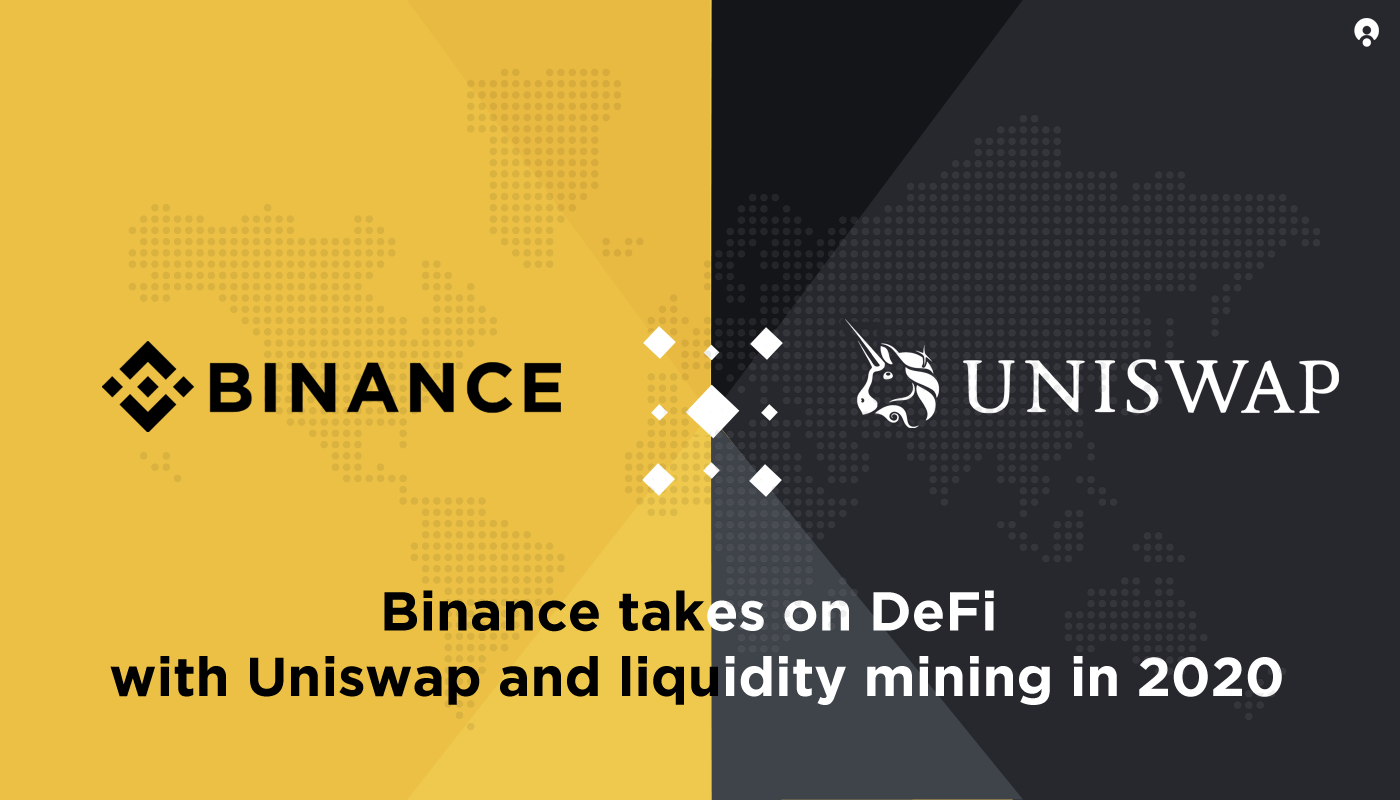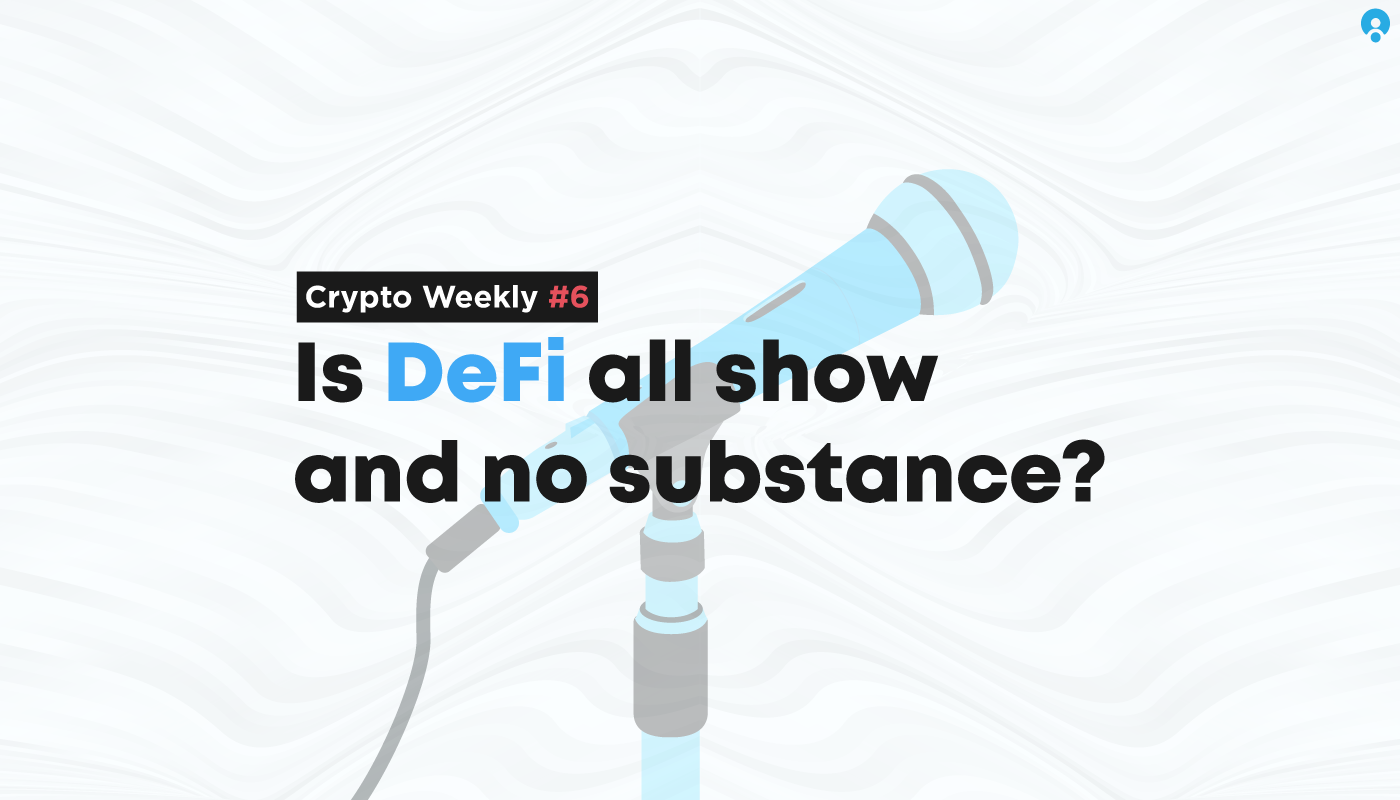How To Earn Free Bitcoin In India
With the passage of time, an upsurge in technology has been evidently witnessed by the citizens of India. With the penetration of technology into every walks of life, cryptocurrency or digital currency has made its way to offer an alternative for tangible mints. Bitcoin, the most popular among the crowd of cryptocurrencies and also the…
Buy EOS In India – Step by Step guide for Beginners

Buy EOS in India EOS tokens in Blockchain is currently aiming to establish itself as a decentralized operating system. You can Buy EOS in India using BuyUcoin where these tokens support decentralized applications up-to industrial scale. The following points have captured the public attention to Get EOS Tokens in their crypto wallets: They are aiming to…
Binance takes on DeFi with Uniswap and liquidity mining in 2020

Crypto exchange giant Binance transitions into DeFi with a new liquidity exchange token – Binance Liquid Swap . With its newest offering, the automated market maker called Binance Liquid Swap, Crypto exchange Giant Binance explores the world of products of the DeFi type. Binance will introduce a liquidity pool AMM, targeted directly at Uniswap and its clones, allowing users to supply liquidity via deposits. Like the most common decentralized exchange in the world, Binance Liquid Swap allows users to earn interest as well as cut trade fees for the pool. Binance Liquid Swap is the first AMM pile product to be implemented in the Binance.com Exchange on a centralised platform that allows users to pool toks for incentives in their wallets. Instead of an order book, the AMM uses a pricing module to offer the ads more predictable prices and lower transactions. Liquidity is given preference for their own tokens, so USDT / BUSD, BUSD / DAI, and USDT / DAI are the first batches provided for launch. Earnings are multiplied by an annual percentage (APY) of the following 7 days and returns converted to assets in the relevant pools. The amount of assets in the liquidity pools shall decide the transaction fees and rates. The new products to attract more volume and participants were reported by Binance CEO Changpeng Zhao: “We hope to further the growth of the DeFi marketplace and empower our users with more earning power and easier liquidity through a centralized AMM pool with the credibility, safety and security provided by Binance,” According to Uniswap.info, Uniswap is currently the world’s most common token swaping protocol and decentralised exchange with liquidity of over $1.8 trillion. The second company within DeFi to be formed in a week’s time is Binance Liquid Swap. On 1 September, with the introduction of ‘Binance smart chain,’ Ethereum’s new smart blockchain compatible with the current financial chain was exchanged for crypto. The exchange aimed at Ethereum. According to the firm, DeFi has optimised the blockchain, which has a low cost of 1 cent transactions. The network will generate a block every 3 seconds and offers BNB token staking rewards.
Crypto Weekly #6: Is DeFi All Show And No Substance?

Is DeFi the blockchain killer app or is it only a rumour based on market imperfection? But the most interesting question is: How long is this growth going to continue? The overall sum locked into DeFi contracts exploded from $2.1 million to $6.9 billion between September 2017 and the time of this writing (£ 1.6 million to £5.3 billion). It has increased by $2.9 billion since early August alone. DeFi has recently locked total valuation (TVL) above $9 billion. Many exchanges also have DeFi tokens added to their lists, which greatly exceeds the efficiency of Bitcoin ( BTC) some Decentralized Finance cryptos. The price of Year Finance (YFI) token, for example, surpassed the 38,000 dollars mark. DeFi is beginning to take big asset management funds seriously; Grayscale, the largest capital investment fund worldwide, is the leading one. About $5.2 billion in crypto assets, including $4.4 billion in bitcoin, is handled in the first half of 2020. Some analysts say this incredible rise in the sector is comparable to the financial bubble in 2017 and 2018, which is comparable to the crisis economy. Dune Analytics, however, is not of this view. The on-line data aggregator. It is focused on the number of active addresses in the industry. This number is estimated currently at 400,000 units, a small figure in comparison to, for instance, the millions of Bitcoin holders, all potentially DeFi users. I asked a variety of experts and founders to better understand this subject and what they think about actual blockchain projects. They are: 1. Nemr Hallak, a decentralized exchange based on volentix.io – EOS. Volentix can swap any chain assets. 2. Alephzero.org’s Matthew Niemerg – a new DAG protocol aimed at solving known blockchain issues. 3. The largest decentralized freelance market, Ivan, the CEO and co-founder of Crypto Task. 4. A decentralised digital asset bank, Kava co-founder, Brian Kerr. 5. Kris Marszalek, CEO of Crypto.com-a major cryptocurrency platform and payments. 6. Zachary Friedman, cofounder and COO GDA Capital – a financial institution providing institutional investors and disruptive technology companies with vertically integrated banking and capital markets services. Nemr Hallak, from volentix.io DeFi certainly had a hyped-up beginning. About 6.5 billion dollars were locked up and counted for various “return” attractiveness. It is small compared to funds with traditional models, but like the Internet. It’s small. No one knew what was really happening, we were just suddenly dependent on it. The growth may be turbulent, while inevitable. As the new ways to do things mature are gradually removed, hacks and other dissuasives, scalability problems are a thing of the past and everything grows. How long it takes is a supposition for anyone, but things have changed quickly and I want to think that it is in the next decade. “Real finance” will continue to rule the near future, but Blockchain financial innovation will continue to expand and expand. In the context of any portfolio, a world of DeFi services will one day take on a seamless position, and 6.5 trillion or more will play. For several potential reasons or none, it can also crash to zero! I ‘m positive about in general and the upside is very good. Matthew Niemerg from alephzero.org We have to take a step back and examine it to provide general clarification to understand what’s happening currently in the region. Many processes are at stake, some of which are common overlap in the field of yields. Firstly, users deposit non-liquidity assets (Metastable, Curve, Uniswap Pools, Balancer Pools) and are paying a proportional proportion of the trading fees. The possibility of impermanent losses is high.Another aspect is to put unused digital assets into protocols such as Compound and Aave and to obtain a portion of the interest generated by these protocols on the monetary market. Thirdly, users lock properties into YFI, YFL, YFV, YAM and ZZZ protocols and others. The aim is to provide liquidity, either in the automated liquidity pools for market manufacturers or in the protocole for money market lending. The way to accomplish this is by allowing liquidity providers to make up for a coin, often with some form of management rights integrated in the Smart Contract, in terms of how the group will handle the protocol. The current demand for governance coins is primarily motivated by speculators who assume that in a specific protocol the price cost of locking assets is lower than that obtained by a new governance coin (and exposed to market volatility). One of the major differences between these governance coins is the yield rate for each with a more sustainable return on cash and money-market lending protocols, while the high APYs of the world’s YAMs can only last so long because smart agreements pay liquidity suppliers at greater (allegedly consistent) rates. In future, the overall value of automated protocols for retail manufacturers and money market credit protocols will increase as people look at the ways to make use of their digital properties. The APY for LPs is generally likely to decrease with more people adding liquidity in the long term assuming that the trade between these automated market makers does not increase significantly. The interest rates on protocols for money market credit will probably not drop significantly, as the protocols gain more acceptance. As for the YAM, there are YFIs … Remember: “Business will remain more unreasonable than solvent!” Ivan, CEO and cofounder of CryptoTask DeFi is one of blockchain’s groundbreaking features, which virtually no one has seen before this year. The money is written and printed without anything, and the idea of “be your own bank” is sounding increasingly enticing. However, as this deflates, some very high-qualité ventures remain and shake the foundations of traditional financial institutions. is definitely are experiencing their own bubble now. At present, Decentralized Finance ventures are locked in at about $6.5 billion, a small amount of which is still compared to the entire crypto market cap at $360B, so I believe that there remains plenty of space for expansion, but that will fall occasionally, as the interest rates get closer to the “real” markets which will drive some speculators away. However, that is the beginning of sustainable development. Brian Kerr, cofounder of Kava Decentralized funding is just more effective. It eliminates intermediary individuals, charges and directly links users’ income. The conventional sector obviously can not cope with returns with the additional profitability of mining rewards. Built exchanges like Binance.com incorporate protocols such as Decentralized Finance lending platforms and return the 25 percent APY on Binance Coin to its customers rather than attempting to introduce its own savings product. This integration increases the functionality of DeFi protocols like Kava, while increasing the protocol’s AUM further. As soon as returns stay beyond conventional finance for the near future, I anticipate several more inclusions in centralized applications. Kris Marszalek, CEO, Crypto.com While it is unlikely that this current growth will continue at this quick pace and will plateau as it matures, I think it will continue to rise steadily for a longer period. The characteristics behind Decentralized Finance products are fundamental for blockchain foundations and promises (trustless, censor-resistant, unpermissible, open-sourced). They are the North Stars which lead this industry over a number of years. DeFi interest rates fluctuate with demand much like conventional finance. The interest rates are the same when the demand is high and vice versa. Crypto financing is currently very much requested by dApps, and Decentralized Finance ventures compete fiercely with the red hot market , resulting in double-digit interest rates and high rates of return. Rates are going to decline, but are possibly not at the level of conventional banks that result in lower margins for profit and lower risk of high overhead and heavy capital expenses. Our research into Decentralized Finance returns shows that it is a good yet risky way to produce passive income and that investors must be wary of investments that do not have acceptable risk returns. Zachary Friedman, Co-Founder and COO GDA Capital…
